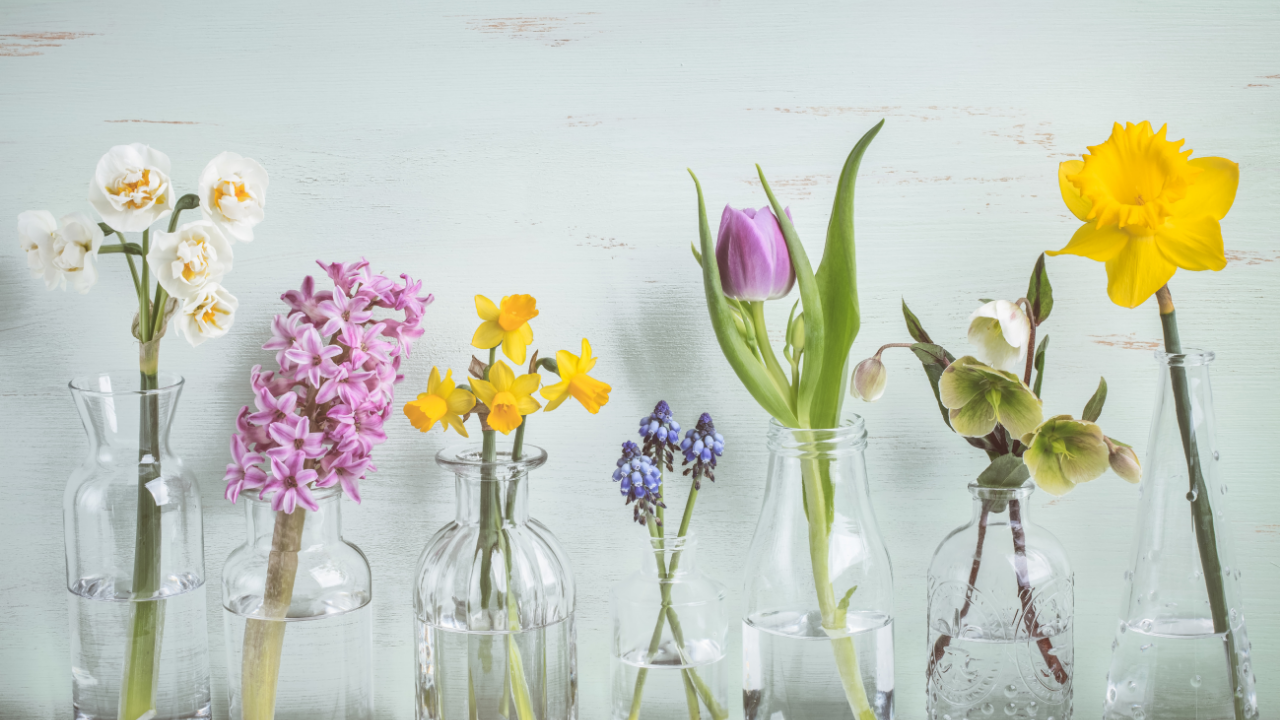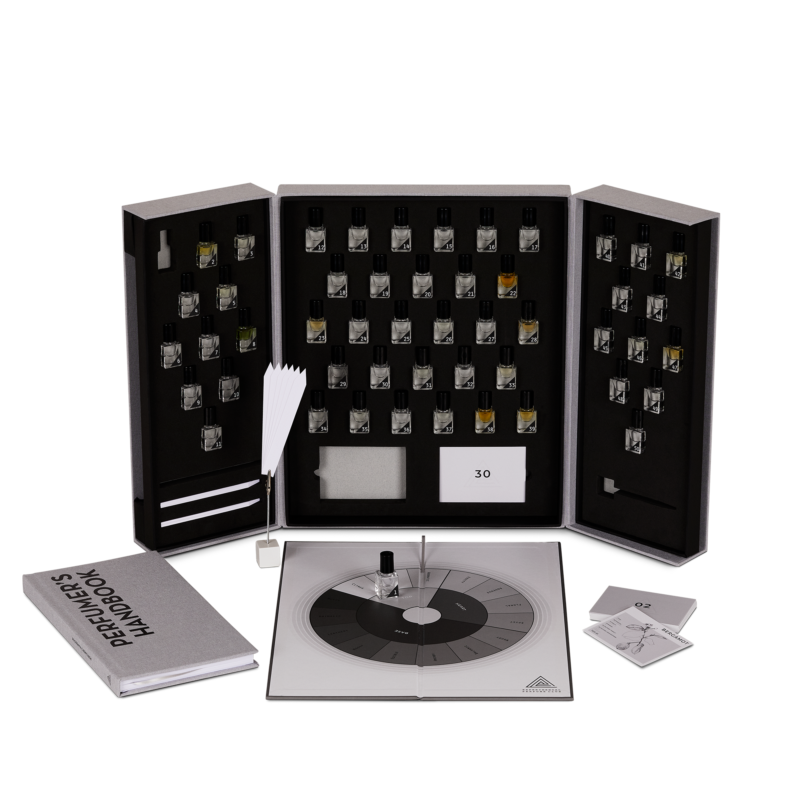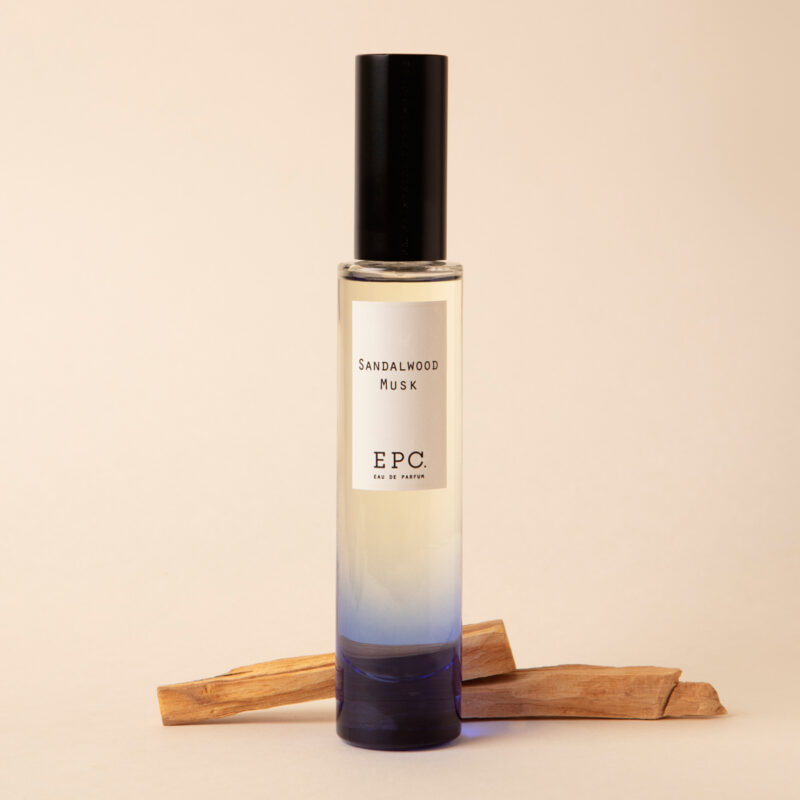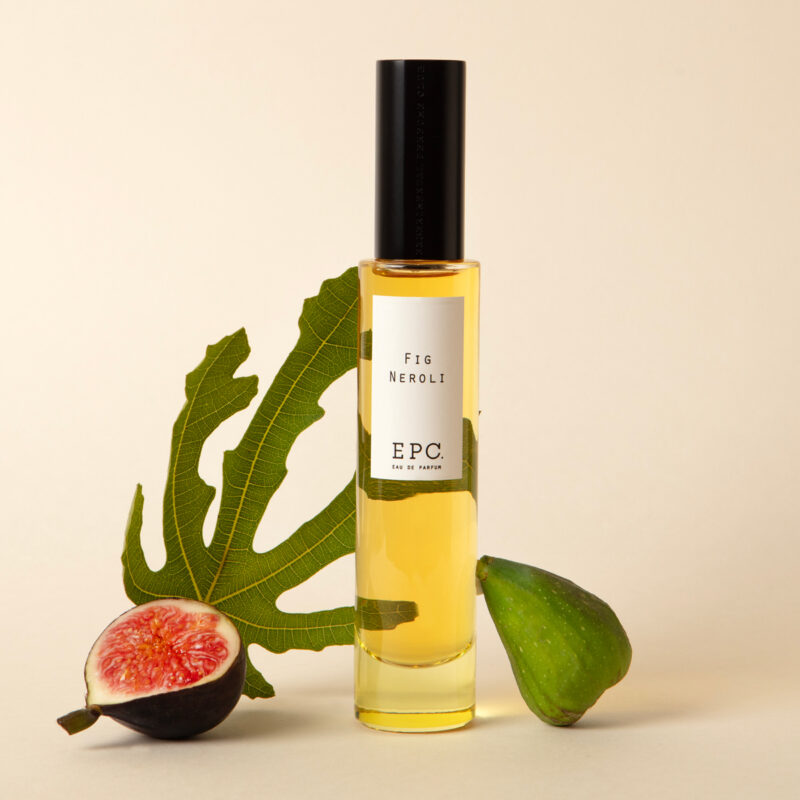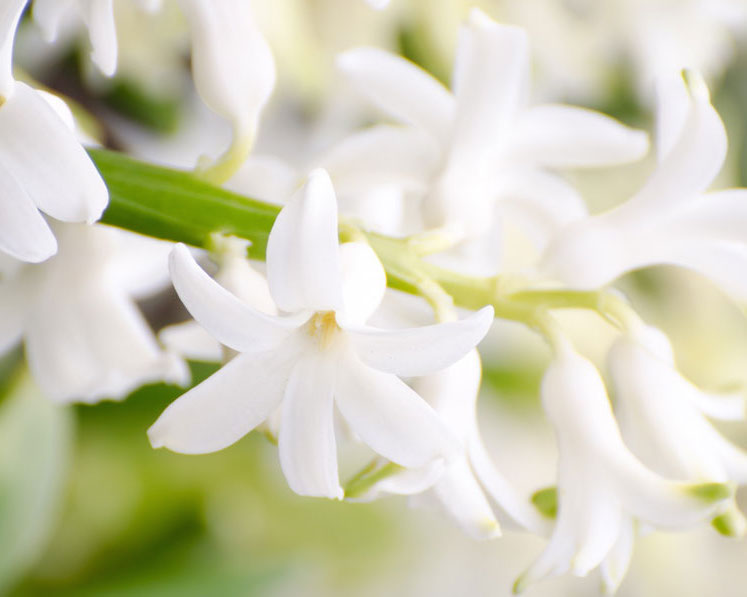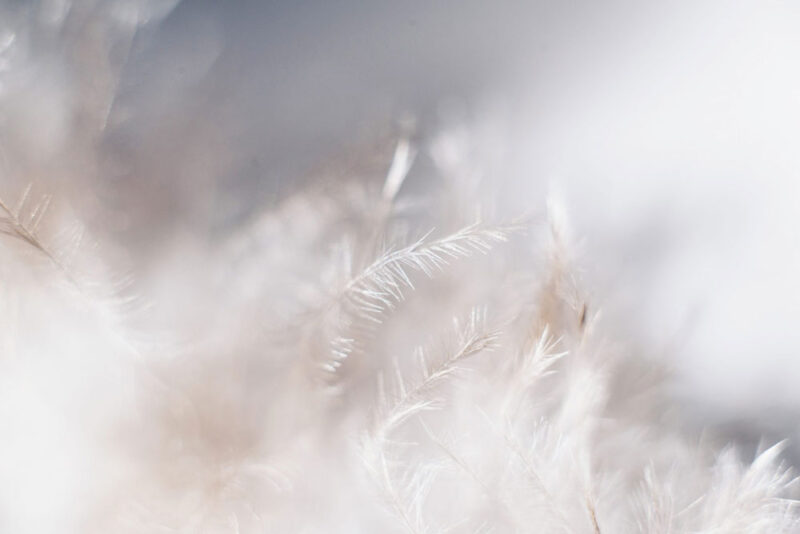Come rain, come shine, com tweeting birds and new leaves. Spring is here and with it comes festivities and of course, an overdose of scents! Fresh, vegetal, delicate dewy florals and yummy chocolate. Fragrance expert and founder of Experimental Perfume Club, Emmanuelle Moeglin, guides you through three types of fragrance notes that evoke the new days of spring.
The flowers of spring
Spring flowers smell like spring: fresh, green and delicate. While a lot of the spring flowers are fragrant, it is actually not possible to extract their scent due to the delicate nature of these flowers. Perfumers often have to work their magic to recreate these smells. Here is a selection of some of the flowers of spring used in perfumery.
Hyacinths have a powerful scent which can be described as floral green with vegetal aquatic accents and sweet and spicy notes. Lilac has a sweet, delicate floral fragrance close to that of lily of the valley with sweet powdery balsamic notes. Magnolia smells like the way it looks: creamy, velvety and exotic. It can be described as having a delicate creamy floral scent with a hint of lemon, spice and vanilla. Last but not least, we have the wildflower, narcissus or daffodil. Its smell can be extracted to obtain the very rare and expensive narcissus absolute extract. As many as 1200 kilos of flowers is required to obtain 1 kilo of the precious perfumery ingredient!
The clean scent of linen
The smell of fresh bed linen is also evocative of springtime. But how do perfumers interpret the smell of clean sheets? Traditionally, the fresh and aromatic scent of lavender is linked to a clean smell. Nowadays, our washing powders feature notes from clean, fresh and aromatic to woody via floral fruity scents. Perfume ingredients such as aldehydes (which have a soapy mineral scent), floral transparent notes (such as lilial) and musks are typically used to create the smell of clean bed linen. Woody amber notes such as ambroxan and Iso E Super deliver depth and an indulging cocoon-like effect that is long-lasting.
Chocolate or cocoa?
Spring wouldn’t be spring without Easter, and Easter wouldn’t be Easter without chocolate! In other words, the pure smell of happiness …
Cocoa is used in perfumery in its absolute form. It is used to give an edible/gourmand note to a fragrance. It can also be used in ambery, oriental, spicy, woody and fruity fragrances. There is a big difference between the smell and taste of raw cocoa bean, which is bitter and earthy, and the chocolate we eat, which is sweet and creamy. The latter is made from roasted cocoa beans with the addition of sugar, vanilla and milk powder. Perfumers recreate the smell of the chocolate we eat not with Cocoa Absolute but instead with a blend of ingredients that smell of vanilla, caramel, milk and almond. In perfumery, there are ready-made accords (called bases) such as Chocovan by Givaudan that perfumers can use to give a creamy, vanilla, chocolate hint in a fragrance.

